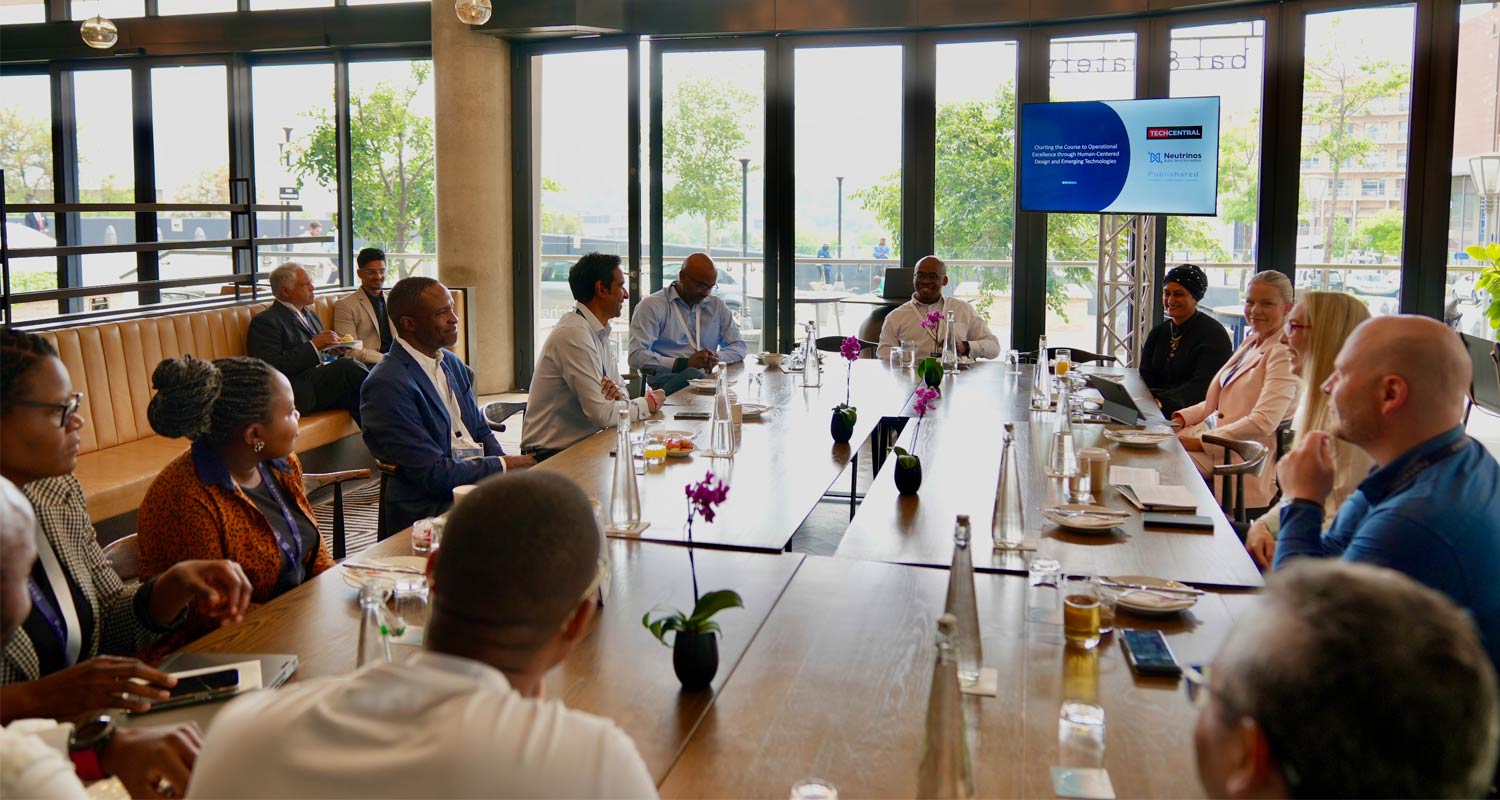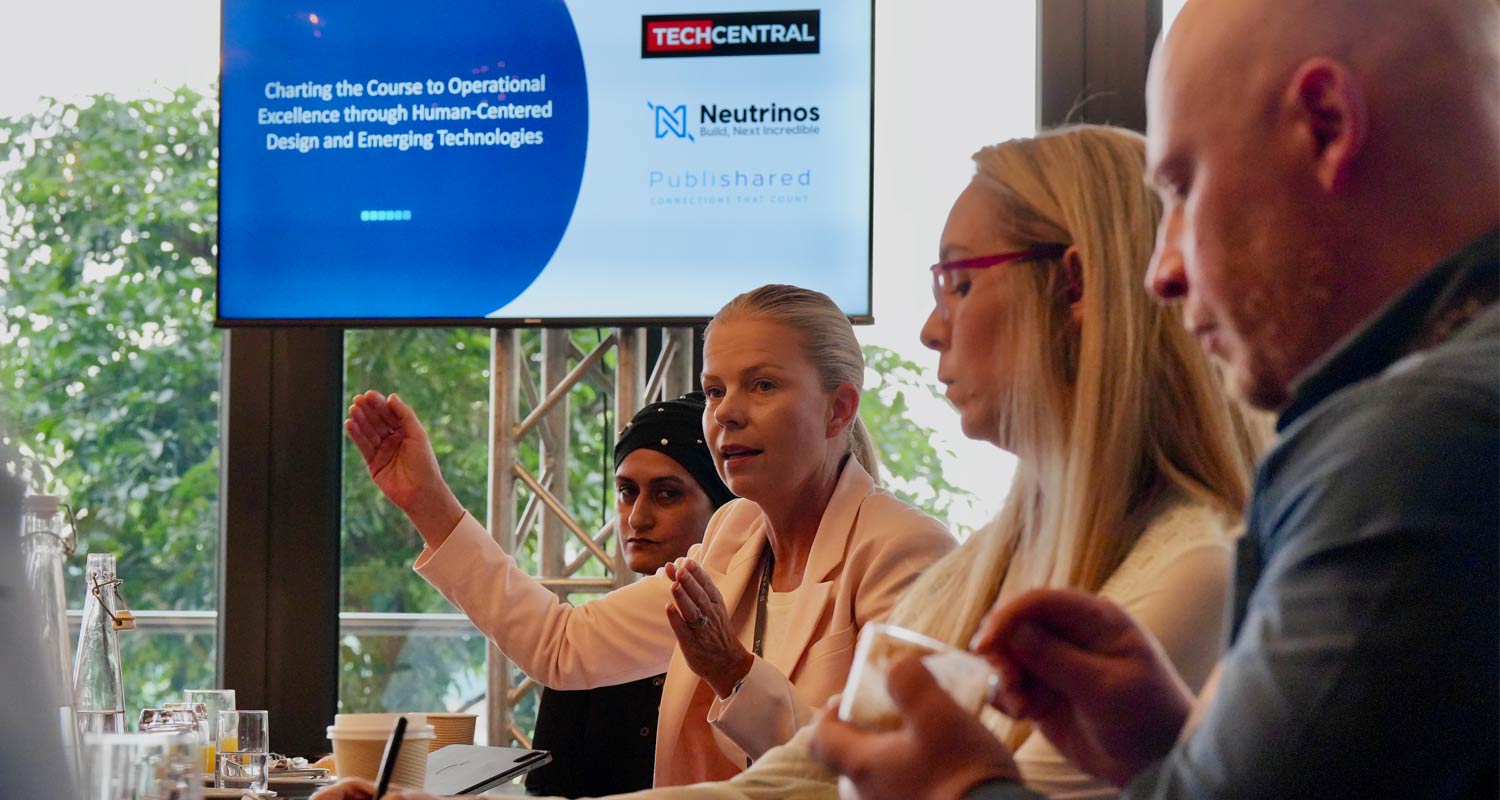 The South African insurance sector is large, complex, internationally active and competitive. In an era defined by technological advancements, shifting customer expectations and an evolving regulatory landscape, insurers find themselves on a transformative journey that demands not only adaptation but also innovation.
The South African insurance sector is large, complex, internationally active and competitive. In an era defined by technological advancements, shifting customer expectations and an evolving regulatory landscape, insurers find themselves on a transformative journey that demands not only adaptation but also innovation.
The imperative is clear: the insurance sector must seek innovative approaches to bolster operational efficiency and embrace digital transformation, all the while remaining acutely aware of the need to preserve its deeply human-centric foundation.
To unpack how South African insurers are keeping pace with changing customer preferences, regulatory demands and technological advancements, TechCentral hosted a round-table conversation sponsored by Neutrinos with some of the country’s leading executives across a range of insurers at the Marriott Melrose Arch.
Attendees delved into the ever-evolving needs of the South African insurance consumer, as well as key strategies, challenges and opportunities that insurers must consider on the path to operational excellence and digital transformation.
They all agreed that, while insurance is vital to consumers as it helps to protect them against unforeseen events that would lead to financial stress from loss, the majority of South Africans face a high barrier to entry in relation to insurance, highlighting the need for innovative and inclusive insurance solutions to ensure more comprehensive protection for all South Africans.
South Africa’s insurance sector
The insurance sector in South Africa operates within a context of striking diversity, both in demographics and insurance penetration. The country is one of stark contrasts, with a wide range of socioeconomic backgrounds, from affluent urban areas to underserved rural communities. This diversity is reflected in the insurance landscape, where certain segments of the population enjoy comprehensive coverage, while a significant portion remains uninsured or underinsured.
In fact, according to the latest General Household Survey, only 17 of every 100 South Africans have medical insurance, 70% of the more than 11 million registered vehicles on the country’s roads are not insured against accidents or damage, and only 10% have life insurance (excluding funeral cover).
Factors including affordability, accessibility and financial literacy influence insurance adoption. Delegates shared that, in response, insurers have been working to tailor products that cater to the specific needs of various demographics, promoting financial inclusion and bridging the insurance gap.
However, challenges persist and attendees agreed that it’s imperative for insurers, regulators and other stakeholders to work in concert to navigate the country’s socioeconomic contrasts and bridge the insurance gap.
Operational efficiency
For many, purchasing insurance has typically been a difficult process, with convoluted application processes, complex policy wording, and misalignment between pricing and perceived value, which has been amplified by low levels of financial literacy.
There was consensus amongst attendees that some of the primary pain points that have hindered operational efficiency, and consequently contributed to the inherent mistrust among consumers of insurance products, include:
- Manual and paper-based processes, leading to time-consuming and error-prone workflows. This inefficiency not only results in delays in policy issuance and claims processing but also drives up administrative costs.
- Fragmented systems and legacy technologies that are not easily integrated, leading to data silos, and hampering real-time decision-making.
- Poor customer interactions that lack transparency, especially around costs and pricing, and personalisation.
However, the evolution of technology has provided insurers with an opportunity to overhaul legacy systems, streamline processes to enhance the overall efficiency of the insurance sector and simplify the customer journey. They can do this by developing value propositions based on ease, simplicity, personalised experiences, and greater transparency, ultimately delivering better value to policyholders.
Emerging technologies
To achieve operational excellence, delegates shared some of the ways in which local insurers are using emerging technologies, such as artificial intelligence (AI) and machine learning. These streamline processes, cut costs, enhance data analytics and improve customer engagement. AI is revolutionising underwriting and claims assessment and enabling insurers to make more accurate and efficient decisions.
The use of data analytics allows for a deeper understanding of customer behaviour and risk profiles, leading to more tailored offerings. Insurance systems are now able to automatically make changes or suggest new offers to a customer’s profile based on changes to their individual risk profile. Internet of Things (IoT) devices, such as telematics, are fostering proactive risk assessment and tailored policies.
 Prior to the adoption of these technologies in the industry, insurers had no way to tailor products to individual customers or to tailor underwriting rules.
Prior to the adoption of these technologies in the industry, insurers had no way to tailor products to individual customers or to tailor underwriting rules.
Emerging technologies and digital tools are also assisting to empower customers with a greater level of information that is more readily accessible before they make a purchasing decision by enabling consumers to compare the products, services and features of different insurers.
Human-centred design
As insurers embrace technology, it was clear from discussions that they are acutely aware that they must not lose sight of their most essential asset—their human touch. Achieving operational excellence in insurance businesses is increasingly dependent on the integration of human-centred design (HCD) and emerging technologies.
HCD is emerging as a driving force in preserving the human touch within the digital transformation journey. It is an approach that prioritises the needs, preferences, and experiences of both internal staff and external customers when designing products, services or processes, thereby creating solutions that are intuitive and effective.
In the local market, insurers are using HCD principles to develop customer-centric products, create user-friendly digital interfaces and optimise claims processes. This approach ensures that technological advancements are designed with empathy and accessibility in mind, allowing customers to navigate insurance seamlessly.
Attendees agreed that when an insurance company incorporates a customer-centric approach into its business strategy, it transforms the way it perceives and engages with its customers across all aspects. This transformation leads to more genuine customer interactions and substantial benefits for both policyholders and the insurer.
TechCentral and Neutrinos thank those who participated in the round-table discussion.
About Neutrinos
Neutrinos is a digital insurance journey platform, pioneering innovation in a regulated landscape. With a “composability first” approach, it empowers insurers to reimagine digital journey making and helps transform insurance companies, enabling them to craft complex journeys across the value chain with unparalleled ease and speed, transcending traditional development hurdles. Trust is paramount in Neutrinos’ vision, ensuring insurers have a reliable partner to navigate the complexities of digital transformation. Neutrinos is the beacon of change, making the insurance journey a realm of imagination turned into reality. To read more, go to www.goneutrinos.com.
- This promoted content was paid for by the party concerned

